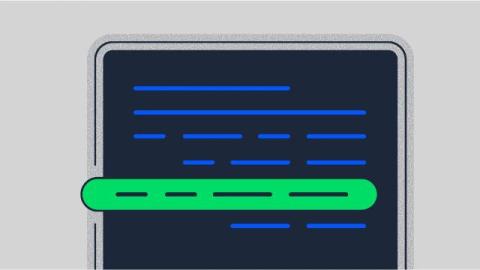CI/CD requirements for generative AI
CI/CD for generative AI applications presents unique challenges in model deployment, testing, and monitoring. Unlike traditional software applications, generative AI systems involve large model artifacts, complex dependencies, and specialized hardware requirements, making a sophisticated CI/CD pipeline essential for reliable delivery. As organizations embrace generative AI technologies, the need for specialized CI/CD solutions becomes critical.









